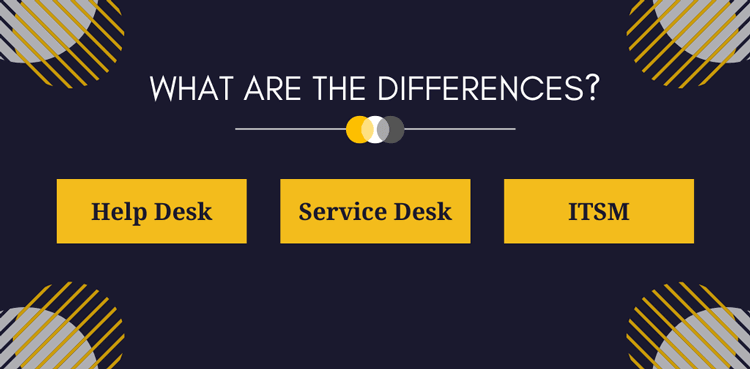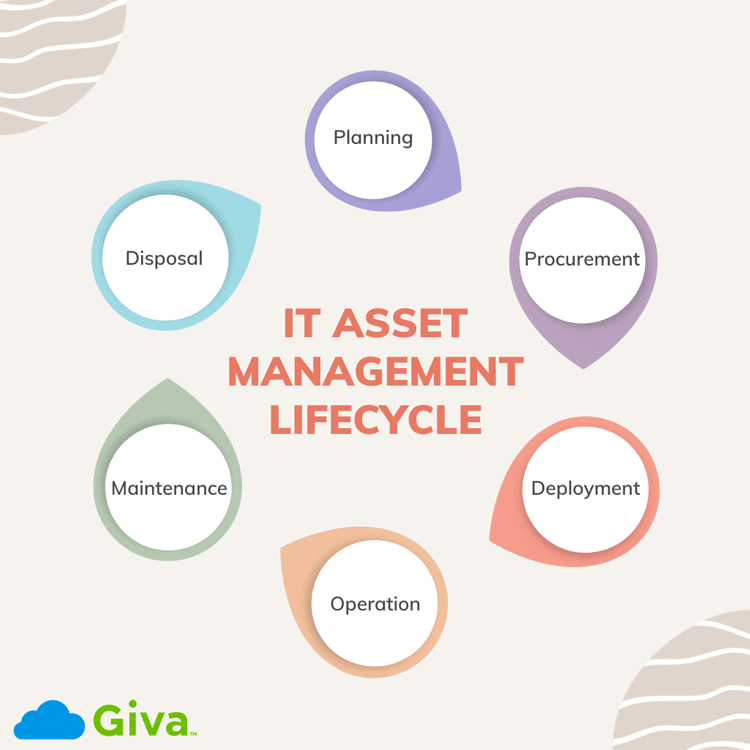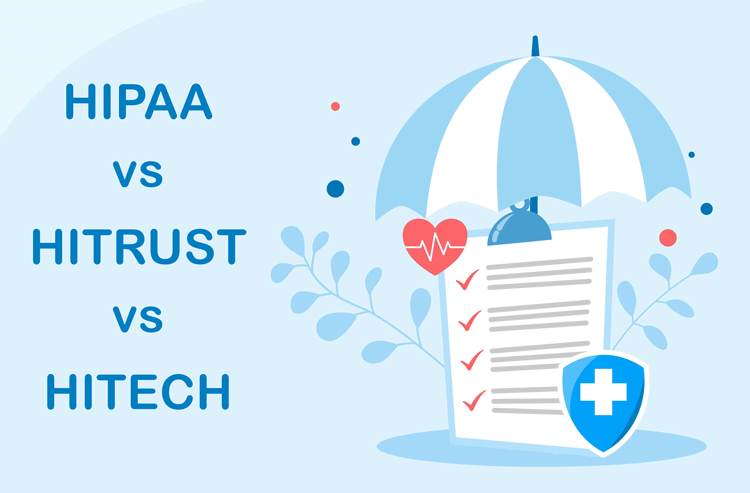Intelligent Swarming Support Model: Getting the Job Done Through "Controlled Chaos"
The best IT services look for ways teams can work more effectively and efficiently to resolve issues and improve customer satisfaction. This can often include collaboration among IT specialists, including the service desk, technical support, and development teams. Leveraging their collective knowledge and skills can lead to faster and more effective ticket resolution. One such support methodology is called Intelligent Swarming.











